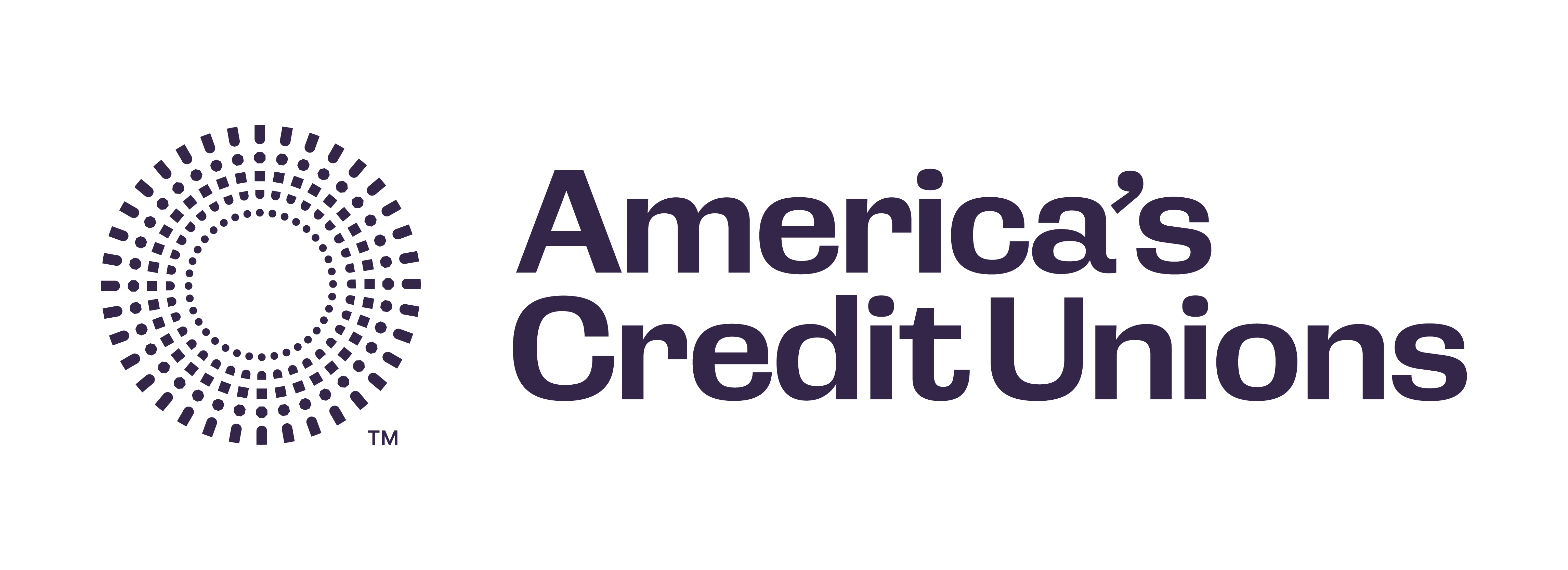Newsroom
St. Paul Croatian FCU to cost $170 million
The failure of St. Paul Croatian FCU in Eastlake, Ohio, was spurred by a suspected fraud and is expected to cost the National Credit Union Share Insurance Fund about $170 million to resolve, according to a recent NCUA Inspector General report.
The report is a "material loss review" of the failure of the credit union, and it faults the credit union CEO and staff for perpetrating the activity and NCUA examiners for failing to perform follow-up on identified red flags and repeated documents of resolution.
"We determined a suspected fraud was the direct cause of St. Paul's failure," said the IG report. It noted that the credit union, with $238.8 million in assets, had a substantial majority of its assets in loans described as share-secured. During an examination last Dec. 31, it said, NCUA found that a majority of the loans "were not actually share secured and a number of them were allegedly fraudulent."
The IG report notes that following discussions with the FBI and IRS in January, the agency began an in-depth exam and hired an independentcertified public accounting firm to do a fraud audit. Both "concluded there were large concentrations of loans with insufficient collateral or collateral owned by unrelated members."
Most of the credit union's assets were loans, the report says, and all real estate loans there were non-traditional, five-year balloon loans. Reportedly, credit union employees said the CEO maintained a list of loans that he would constantly refinance, and when examiners asked to see loan files the CEO would stall and have staff create the documentation to support them.
The IG faults the credit union management, including the board and supervisory committee, for failing to meet their obligations for oversight. He also faults NCUA examiners for failing to thoroughly evaluate the institution's internal controls when assessing transaction risk; to ensure management took corrective action on repetitive DOR issues; and failing to expand examination procedures when red flags indicated higher risks.
The report is dated Oct. 7. For a copy, follow the link below.
- http://www.ncua.gov/Resources/OIG/Files/Reports/2010/OIG-10 6_MLR%20St%20Paul_Croatian_FCU_10-7-2010.pdf
- http://www.ncua.gov/Resources/OIG/MaterialLossReviews.aspx
Share This
Related Resources
NCUA Supervisory Priorities for 2018
Articles
Compliance Monitor - February 2018
Newsletter
Get daily updates.
Subscribe to NAFCU today.
